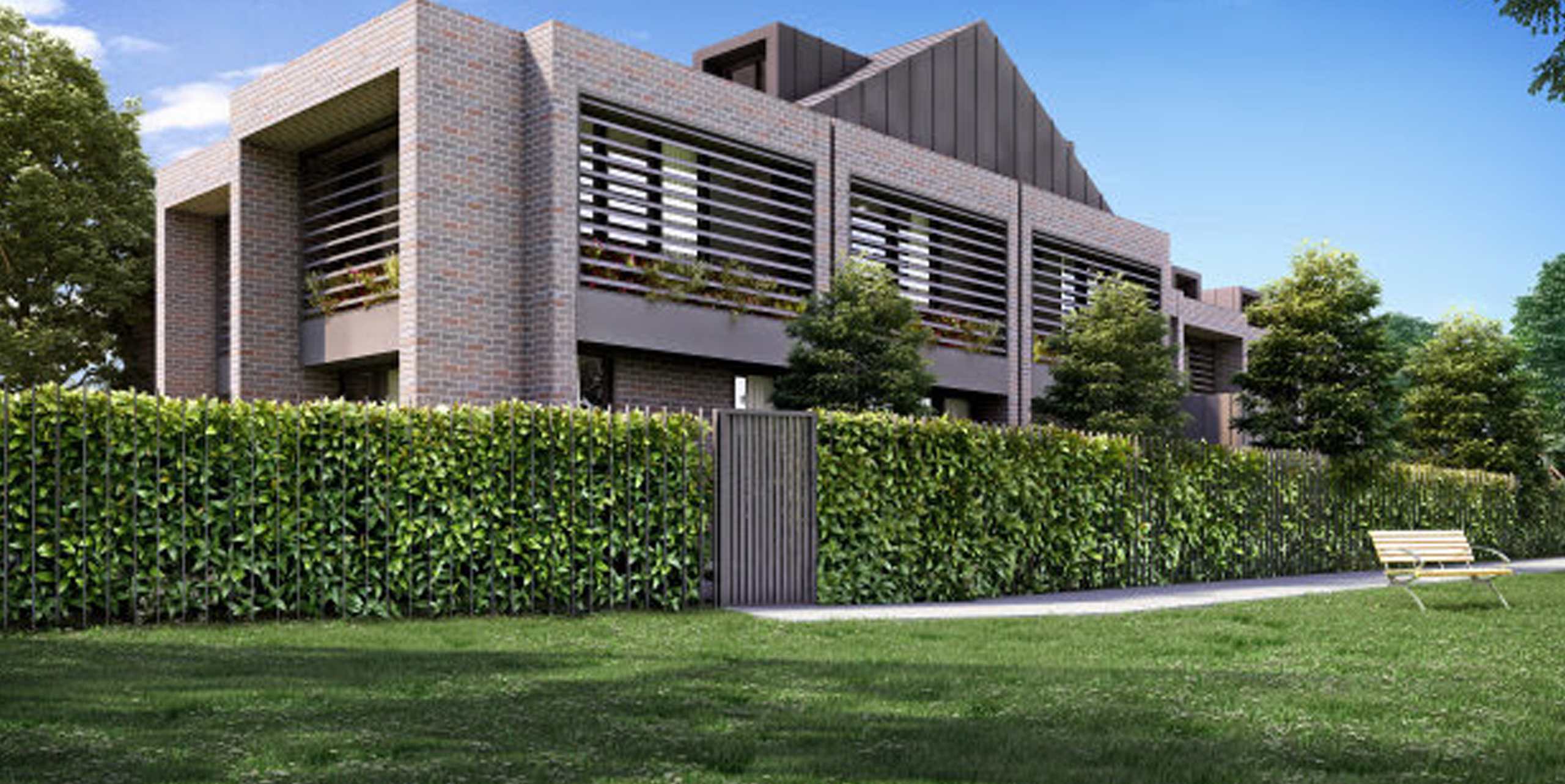The Australian Financial Review reported that prices for urban infill residential dwellings are set to climb by up to 10 per cent in 2020 as demand from affluent ‘right-sizing’ buyers outpaces supply. Knight Frank’s recent analysis suggest that the number of nationwide medium-density dwellings due for completion by 2022, has fallen by 47 per cent compared to the previous three years.
In Sydney, the share of infill dwellings under construction fell by 6 per cent to 44 per cent of the total pipeline. Specifically, less than a third are expected to be built in the prime regions. “This shortfall will impact prices given the high demand,” said Knight Frank’s head of residential research, Michelle Ciesielski. Similarly, in Melbourne, the share of medium-density housing due for completion by 2022 has dropped by 25 per cent in the inner north, while these developments are virtually non-existent in inner Melbourne and the inner east. The AFR predicts prime medium-density prices in both cities to range from 7 to 10 per cent annual growth in 2020, dropping closer to a more sustainable 3 to 5 in 2021.
These developments are in demand amongst prospective homeowners with a smaller budget who want to live in prime areas. Ms Ciesielski said most luxury right-sizers are looking for a minimum of 3 bedrooms, which can be challenging for a developer to deliver with limited suitable development sites available in prime suburbs. Capio Group chief executive officer Mark Bainey suggests that “supply will remain low in the foreseeable future because it’s so difficult to gain building approvals and to obtain the land needed for a townhouse project”. He goes on to add that “we’re seeing strong demand for these products…as buyers now have access to a larger pool of cash after selling their family homes. Unfortunately, we can’t build enough.”
